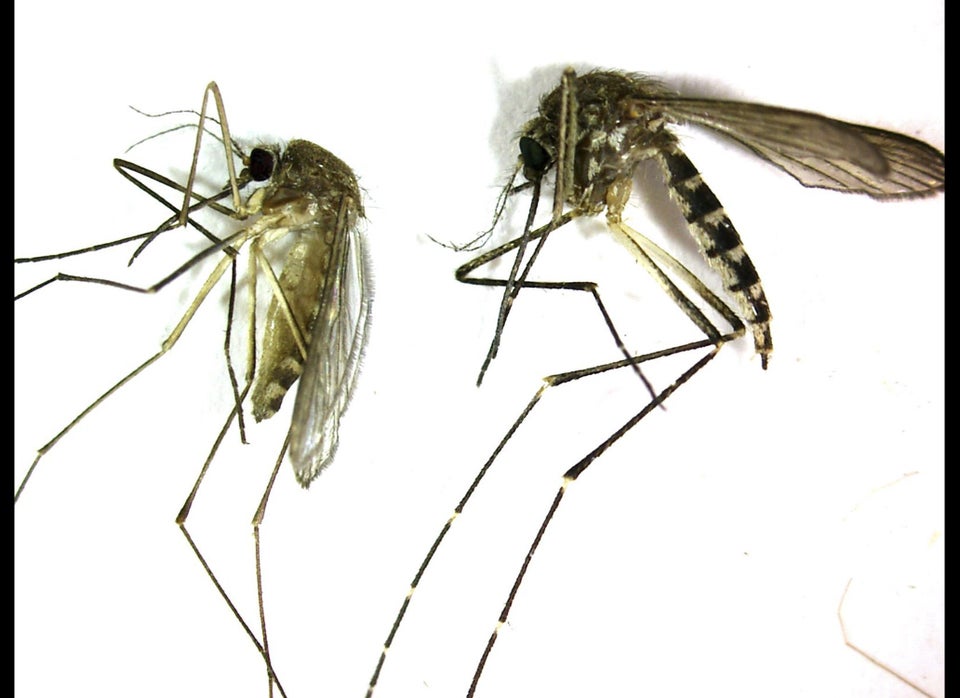A Maryland resident has died of rabies in the state's first recorded death from the virus since 1976.
UPDATE: March 15, 12:01 p.m. -- The Centers for Disease Control has confirmed to the Washington Post that the Maryland resident who died of rabies contracted the virus through a 2011 kidney transplant at Walter Reed National Medical Center. Three other people received organs from the same donor and are currently undergoing preventative treatment.
Previously:
According to The Baltimore Sun, Maryland's Department of Health and Mental Hygiene is not releasing the name of the victim for privacy reasons, nor is the agency sure of how he or she became infected with the virus, though it is evaluating those who have been in close contact with that person.
Thanks in part to the widespread vaccination of domestic pets, instances of rabies among humans in the U.S. are rare. The Humane Society notes that the disease kills fewer than three people per year on average.
"Our very aggressive cat and dog vaccination requirements have now driven rabies into the wildlife, and by vaccinating our pets, it has created a buffer between the wildlife reservoir and us," Katherine Feldman, the Maryland Public Health veterinarian, told NBC local affiliate WBALTV.
Still, as Feldman previously told The Huffington Post, the states sees around 300 to 500 confirmed cases of rabies in animals per year. And several wild animals who were thought to be rabid came after humans in the area in the last year.
In September, the Washington Post reported that an 83-year-old woman spent 20 minutes fighting off a rabid beaver while she was coming back from a swim in a Virginia lake.
Later that month, the Post reported on another instance of a rabid beaver. This time, the animal reportedly jumped out of a pond and came after a group of children in Fairfax County, Va.
Just last week, a woman out for a run on a popular jogging path in Maryland was
attacked by a raccoon that may have been rabid.
The Centers for Disease Control notes that rabies is most often found in raccoons, skunks, foxes and bats. Rabid animals can come into contact with domestic pets, who can then pass the virus on to humans through their saliva. The virus can become fatal by affecting the central nervous system and causing brain disease. While people often associate rabies with dogs, the CDC cautions that infections among cats have been on the rise in recent years.
People can survive rabies, and treatment may involve a vaccination after exposure. The CDC recommends washing any wound immediately and seeing a doctor following a bite from an animal.
